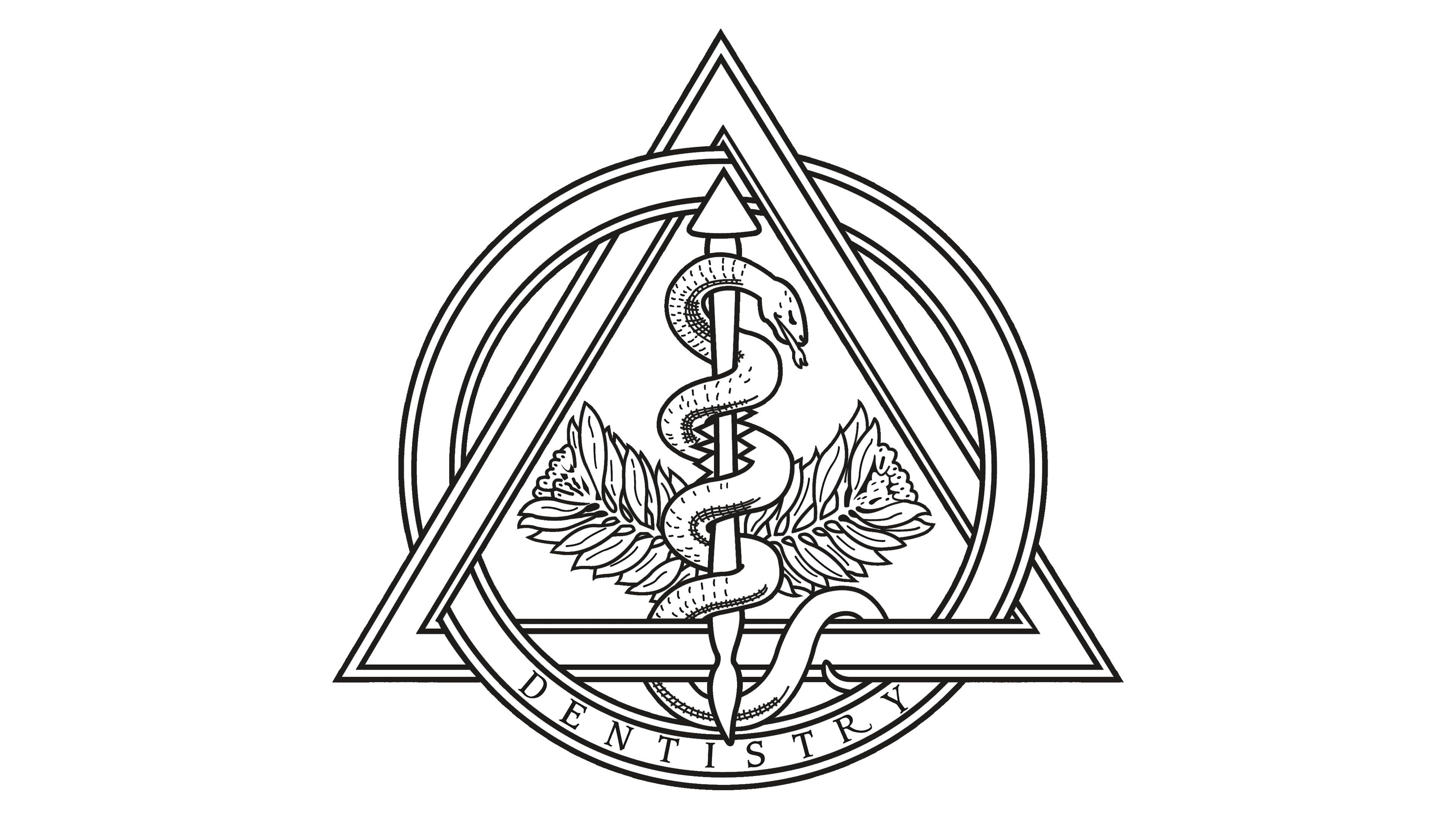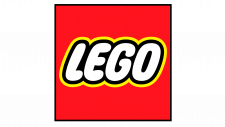Dental Logo
The symbol of dentistry, chosen in 1965 by the ADA, showcases an Asclepian rod with a serpent, reflecting the healing nature of dentistry. The design includes a triangle and a circle with Greek letters, symbolizing the art and science of dental care. It’s a modern emblem rooted in ancient healing traditions.
Meaning and history
Inaugurated on a summer day in 1859 beside the roaring waters of Niagara Falls, the American Dental Association emerged as a cornerstone institution for dentistry. Convened by twenty-six visionary dental surgeons, their mission was to uplift dental practice standards and champion the cause of oral wellness. This assembly blossomed into a venerable national beacon for oral health, marshaling dentists under a shared ethical banner and overseeing dental practice and health policy through its governance structures.
The ADA’s legacy is etched in numerous pioneering endeavors: curating an extensive repository of dental literature, rallying for public health campaigns such as the fluoridation of water and anti-tobacco efforts, and cultivating an inclusive dental community. It has been a bastion of support for dental education, a patron of scientific inquiry in dental fields, and the progenitor of a philanthropic arm committed to dental benevolence.
The ADA has not shied away from modern challenges, engaging in partnerships at the federal level to combat the opioid epidemic’s shadow over public health. It has also been a custodian of educational integrity through the Commission on Dental Accreditation, which ensures the excellence of dental and related educational programs.
The association’s endowment to the realm of dentistry extends to the troves of educational content it offers to professionals and the populace, including the ‘Mouth Healthy’ portal and the esteemed Journal of the American Dental Association. The ADA’s adaptability to the evolving landscape of dental needs and demographics underscores its enduring commitment to the field.
In the mid-20th century, the ADA embraced a symbol laden with historical resonance: a staff wound by a serpent, an allusion to Asclepius, the ancient deity of restoration and healing, mirroring the dentist’s role in health and recovery. This emblem serves as a daily reminder of the healing mission at the heart of dentistry, rooted in mythic tradition yet fully aligned with the ADA’s vision.
What is Dental?
The emblem encapsulates the essence of the profession, blending ancient symbols of healing with the count of human teeth represented in the emblem’s leaves and berries—32 and 20, respectively. It’s a concise testament to the profession’s rich history and its role in health and wellness.
1965 – Today

The logo is emblematic of the dentistry profession and features several meaningful elements combined into a coherent symbol. At its heart is a rod, harkening back to the ancient symbol of Asclepius, the Greek deity associated with healing and medicine. This rod is entwined by a serpent, which in many cultures and historical contexts represents rejuvenation, wisdom, and healing due to its ability to shed its skin and emerge anew.
Encircling this central motif is a triangle, which often symbolizes stability and strength in Western iconography and is overlaid here with a pair of branches bearing leaves and berries. These specific elements – the leaves and berries – are not just decorative but are numerically significant, corresponding to the number of permanent and primary (baby) teeth in human dentition, representing the full spectrum of dental care from childhood to adulthood.
The design also incorporates Greek letters, with the Delta (Δ) standing for ‘dentistry’ and the Omicron (O) for ‘odont’, the Greek word for ‘tooth’. The color palette features a distinctive shade of lilac, a hue chosen by the dental profession to symbolize compassion and the noble pursuit of health services.
This logo, adopted by the American Dental Association in 1965, encapsulates the essence of the dental profession’s commitment to health, combining historical symbolism with modern design to represent the field’s dedication to care and expertise.










